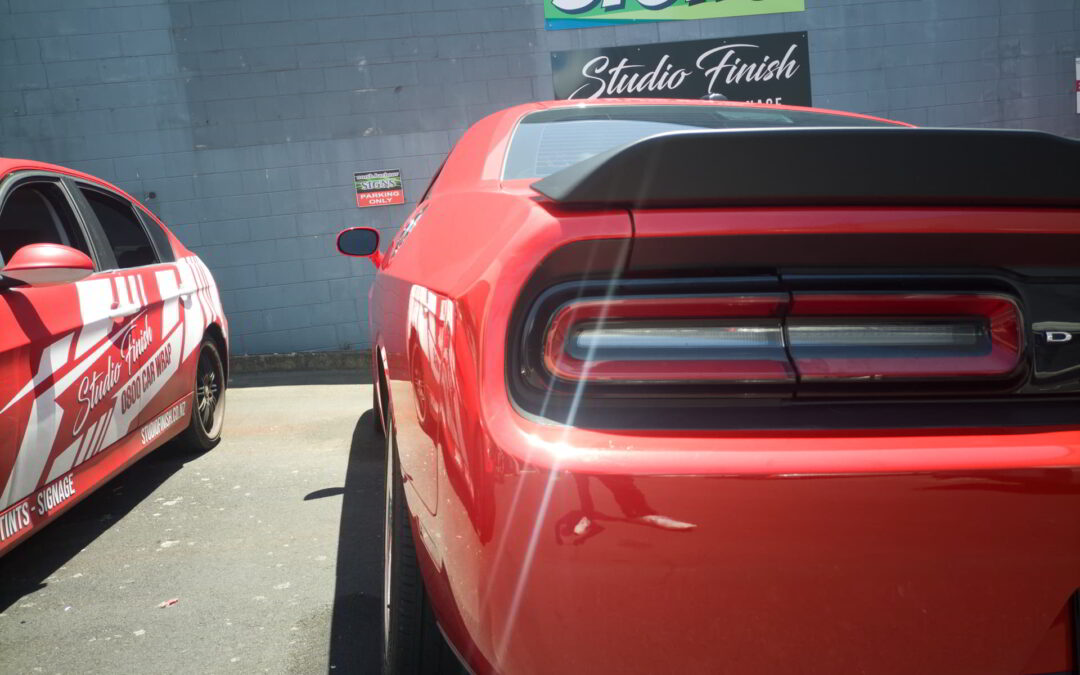The Evolution of Automotive Paint Protection
The journey of automotive paint protection has been a fascinating one, evolving significantly over the years. Traditionally, car owners relied on regular waxing to preserve their vehicle’s shine. However, as technology advanced, so did the methods of protecting car paint. In New Zealand, where the climate can vary dramatically, from the sun-soaked coasts to the frosty southern regions, the demand for a more durable solution grew. This led to the development and rising popularity of ceramic coatings.
Ceramic coatings, essentially a liquid polymer, are applied by hand to the exterior of a vehicle. Once cured, this coating forms a protective layer that is much harder and more resistant to environmental factors than traditional waxes. The unique chemical composition of ceramic coatings offers a blend of protective properties, including resistance to UV rays, chemical stains, and etching. Moreover, the hydrophobic nature of the coating makes it easier to clean the vehicle as water beads and rolls off, taking dirt and grime with it.
The New Zealand automotive market has embraced ceramic coatings, recognising its long-term benefits over traditional methods. With cars being a significant investment for Kiwis, the desire to maintain their vehicle’s aesthetic appeal while also ensuring its longevity has driven the popularity of these advanced coatings.
Advancements in Ceramic Coating Technology
As we delve deeper into the world of ceramic coatings, it’s crucial to understand the technological advancements that have propelled them to the forefront of automotive aesthetics. Initially, ceramic coatings were admired for their gloss and sheen, but recent innovations have expanded their capabilities, making them a staple in automotive protection.
One of the significant advancements in this field is the development of nano-ceramic coatings. These coatings employ nanotechnology to create an even more durable and efficient protective layer. The nanoparticles create a tighter bond with the car’s paint, providing enhanced protection against scratches, chemical contaminants, and heat. This advancement is particularly relevant in New Zealand, where cars are exposed to a range of environmental conditions, from salty air in coastal areas to road chemicals in urban settings.
Another breakthrough in ceramic coating technology is the introduction of self-healing coatings. These advanced coatings have the ability to repair minor scratches and swirl marks themselves when exposed to heat, such as direct sunlight or hot water. This feature ensures that cars retain their pristine appearance for longer, reducing the need for frequent maintenance.
The ongoing research in ceramic coatings is also focusing on improving their environmental impact. The latest formulations are being designed to be more eco-friendly, with lower volatile organic compound (VOC) emissions. This aspect is increasingly important for the environmentally conscious New Zealand market, where there’s a growing preference for sustainable and eco-friendly automotive care products.
Ceramic Coatings vs. Traditional Wax and Sealants
When comparing ceramic coatings to traditional methods like wax and sealants, several distinctions become evident, especially in the context of New Zealand’s diverse environmental conditions. Traditional waxes, while providing a good level of shine and protection, have a shorter lifespan and require frequent reapplication. They are less resistant to heat, UV rays, and chemical pollutants, which are common challenges in New Zealand’s urban and coastal areas.
Sealants offer a longer-lasting solution than waxes and provide better protection against environmental contaminants. However, they still fall short of the durability and resistance provided by ceramic coatings. Ceramic coatings create a harder, more resilient barrier that can withstand harsher conditions and provide longer-lasting protection. This makes them a more suitable option for New Zealand’s varied climate and driving conditions.
The ease of cleaning and the self-cleaning properties of ceramic coatings give them an edge over traditional methods. The hydrophobic nature of ceramic coatings means that water and dirt are less likely to stick to the vehicle’s surface, making them easier to clean and maintain.
The Future of Ceramic Coatings and Automotive Aesthetics
As we look towards the future, the potential of ceramic coatings in transforming automotive aesthetics and protection is immense, particularly for the New Zealand market. The ongoing advancements in nanotechnology and materials science are paving the way for even more robust and versatile ceramic coatings. These future developments are expected to offer enhanced protection against a broader range of environmental factors, including more extreme weather conditions and harsher pollutants, which are of particular concern in New Zealand’s varied landscape.
One of the exciting prospects in the evolution of ceramic coatings is the development of multi-functional layers. These advanced coatings could offer additional benefits such as self-cleaning properties, anti-fogging, and even self-healing capabilities for deeper scratches. Such innovations would further reduce maintenance requirements and prolong the aesthetic appeal of vehicles.
Another area of focus is the customisation of coatings to suit different vehicle types and uses. For instance, coatings for off-road vehicles could be tailored to offer better protection against abrasions and mud, while those for urban vehicles might focus more on pollution and UV resistance. This level of customisation would be particularly beneficial in New Zealand, where the diverse terrain and usage patterns of vehicles demand varied protective qualities.
Environmental sustainability will also play a critical role in the future of ceramic coatings. As global awareness of environmental issues grows, there is an increasing demand for eco-friendly automotive products in New Zealand. Future ceramic coatings are likely to be developed with a greater emphasis on environmentally friendly ingredients and production processes, reducing their ecological footprint.
The growing accessibility of ceramic coating technology is expected. As the demand increases and the technology becomes more widespread, these coatings are likely to become more available and affordable for a broader range of car owners in New Zealand. This accessibility will enable more people to benefit from the superior protection and aesthetic enhancements that ceramic coatings provide.


Recent Comments